Birding is arguably the most bookish outdoor hobby. We need field guides, ornithological papers and books, checklists, “where to finds” and stories from other birders that feed our dreams and plans. Internet has brought a new dimension (thank you 10000birds reader, for your continued attention to our ramblings) but the sturdy book in one’s hand or backpack just has substance. I have always been a book worm with a vast library. Picking 10 titles was a bit of a challenge. I chose to go for a strong personal connection as my selection criterium. My apologies in advance for the poor state of some of these books – I learned to wrap them in protective foil from a nine-year old on YouTube. Not my proudest achievement…
Starting with my oldest bird book – the Bruun; a field guide for European birds in the Dutch translation. Yes, back in 1974 I was not yet the charming polyglot you all have learnt to love, so it had to be in Dutch. Most of my identifications as a kid leaned on this book and it shows. More brown than white paper, smudges (mainly chocolate and blood), creases, tears and stains of an unknown origin – the book is full of it. It even has its own smell. If I would ever lose this book I’d be genuinely sad. It must be buried with me (after I’m dead, please).
When I graduated to birder a better guidebook was needed or so I felt at the time. I bought the Dutch version of the “Collins” – the Lars Svensson classic. I have the same book in Portuguese but the Dutch version is the one that has traveled the continent. It still does. The geographical scope of this book is wider than the Bruun – the book covers the Western Palearctic region. That means a substantial number of birds in this book are out of range due to war and banditry. I don’t like that but the compensation is in the dream value – one can always hope for peace in the Caucasus or for the Russians to get the enlightened leadership they so deserve.
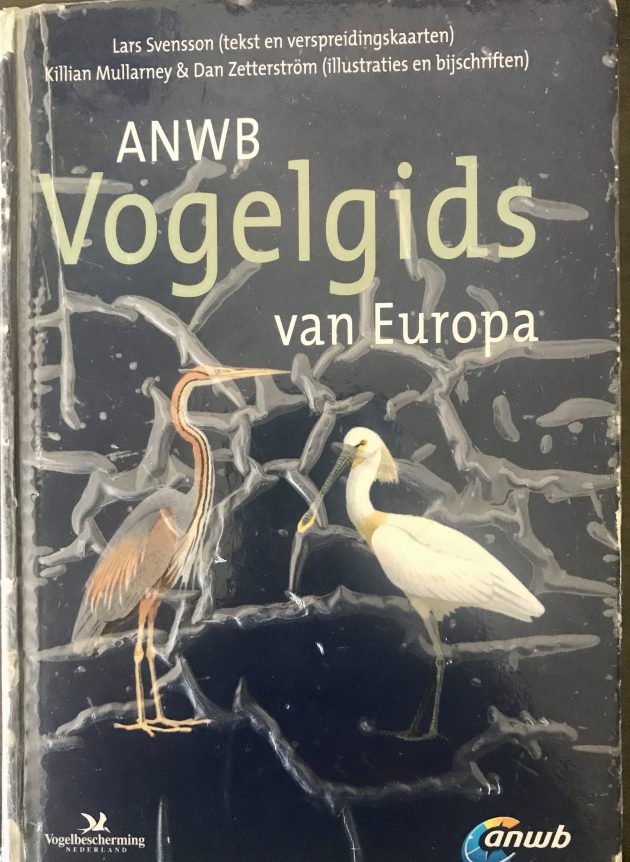
As a lister I need to record my sightings. I have settled on the HBW list. It has a broad definition of species which makes for more possible ticks. That could be seen as cheating but there are two arguments against that. First, why would you cheat on yourself? And second, most of the precocious species became full species within years of my sighting. I have commissioned a special stamp (an icon representation of binoculars) to tick off each new species in the little square that HBW provides, so the marking of ticks in this checklist differs from my usual practice. Have I mentioned my extreme nerdiness before?
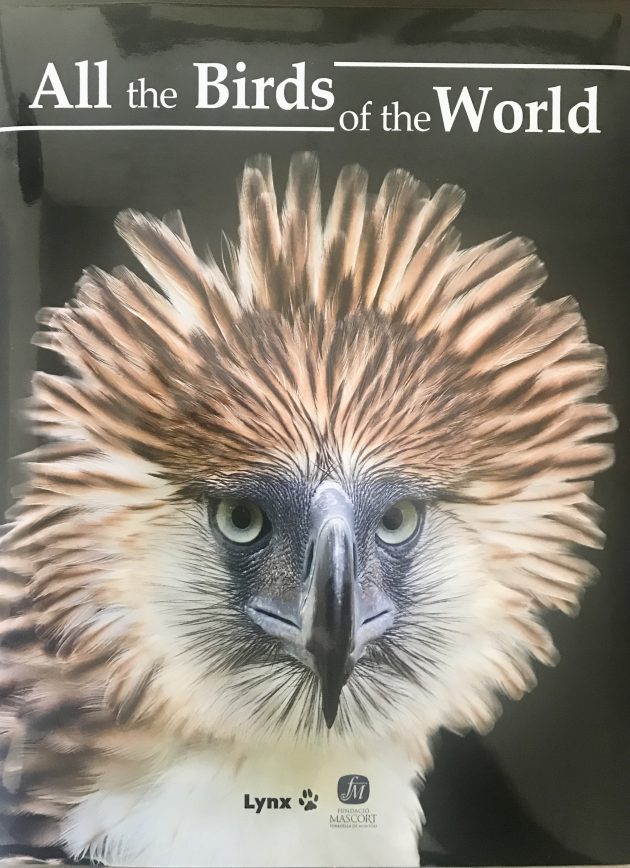
Conservation matters and I believe all birders should contribute passively or actively to the preservation of species and their habitats. Not willing to put in the effort? Just send your money to your local BirdLife partner or landscape trust. Personally, I distrust the global non-governmental organisations to do a good job locally. They get distracted by mammals with a clearly expressed extinction wish (pandas), fund raising and big organisation politics. A local, single-minded focus is better. Having said that, I really like the field guides that were issued by one such global NGO Wildlife Conservation Society Brasil. The books are great. Very complete, beautifully illustrated and with names in English, Latin and Brazilian Portuguese. Unfortunately, only two guides exist, for the Atlantic Forest and the Pantanal/Cerrado. The Amazon would have been a very obvious next issue. I don’t know why the series has stopped and if anyone at WCS is reading this, please comment. I want to buy more books!
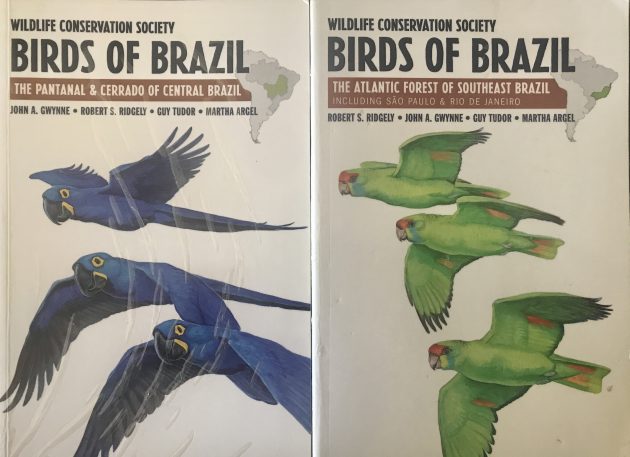
Early on in my birding/traveling/consulting career across the African continent I decided on a single field guide for the continent. The hefty Birds of Africa was purchased at Kampala airport and it has travelled far and wide. It is a good way to limit the purchase of yet more books when traveling to São Tomé or Ghana.
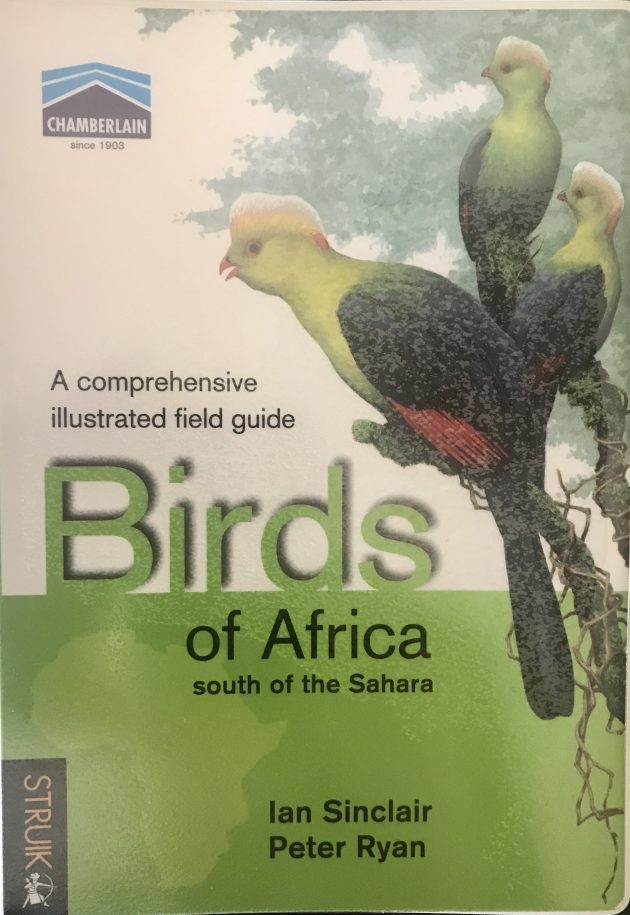
The aforementioned field guide should have served me well in East Africa too, but I had the chance to buy some Birds of East Africa original artwork. So, I bought the book too. I have since grown quite fond of the book and it has travelled with me to the Rift Valley and beyond.
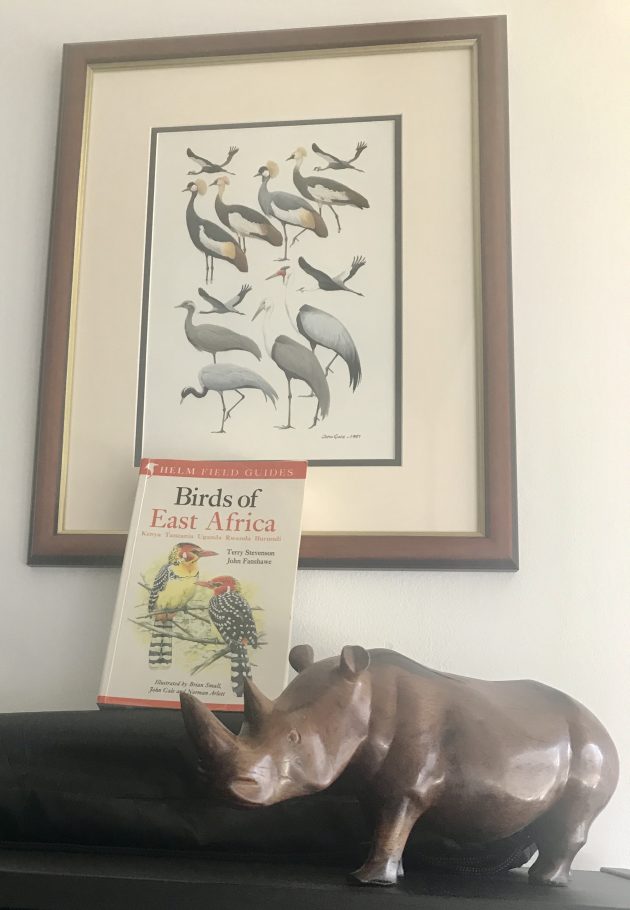
Being absolutely full of it, I could never actually do as I preach. Limiting the number of books? Who are you kidding here? I have three field guides for Southern Africa, but even that is not enough. For the really tricky determination challenges one sometimes must use a separate book, yes, “must” – this is a life, death or misidentification issue. For the Little Brown Jobs in Southern Africa, I use Faansie Peacock’s (nominative determinism?) excellent book. With full page descriptions and lots of high-quality illustrations it is a fun read and very helpful. The book has a sister edition about waders – most of them in winter plumage in Southern Africa, so quite useful for identification on a cold October morning’s mudflat in Europe or America.
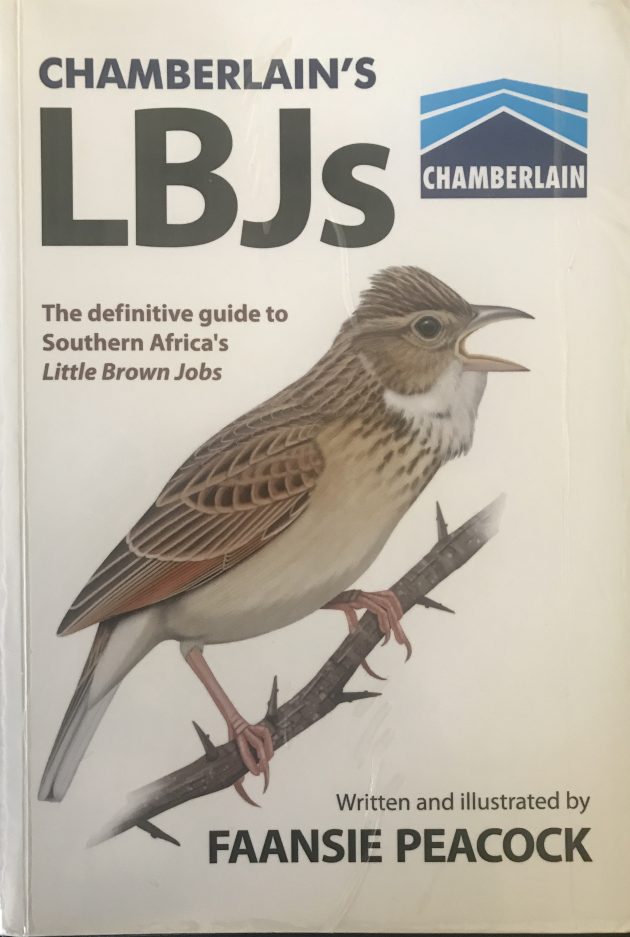
Finding birds is easy on Day One but it gets progressively more difficult. Every birder needs help occasionally, whether from a local guide or from a “bird finder” or “where to find”. I also get lost easily. The maps in Dave Gosney’s series are amazing. Dave charges very little for his booklets and he updates them both on paper and on his website. He always comes across as a thoroughly decent dude to me. Like those birders who go out of their way to show you a Savannah Sparrow while they are trying to find an Ivory-billed Woodpecker for themselves. His self-made maps are spot-on as I have ascertained in Southern Portugal.
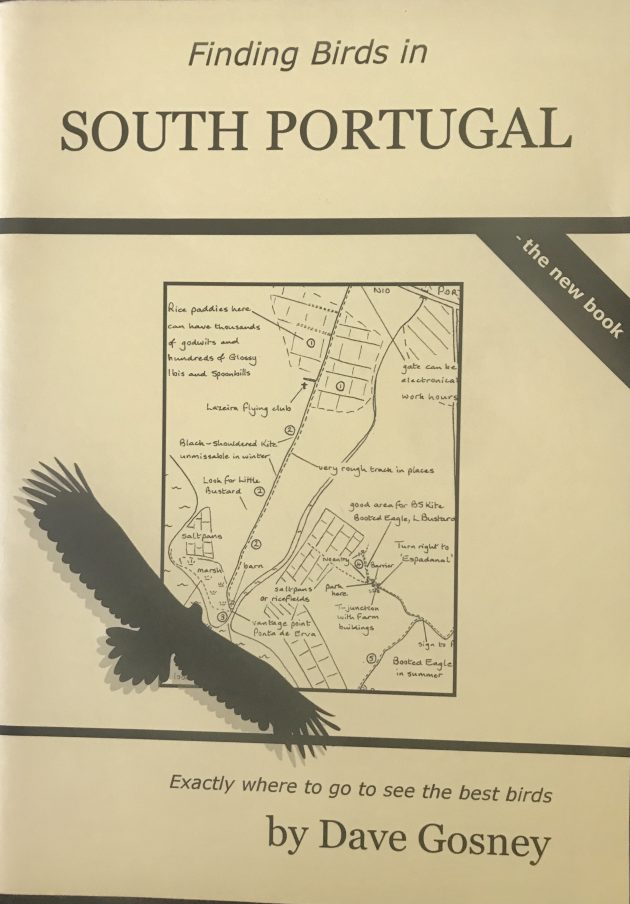
Ernest Garcia’s two books for Spain are prettier and just as valuable as Dave’s booklets. I have referred to this series before. I can claim a very high success rate in Spain for which Ernest should get most of the credit. He doesn’t, I am just a very good birder…
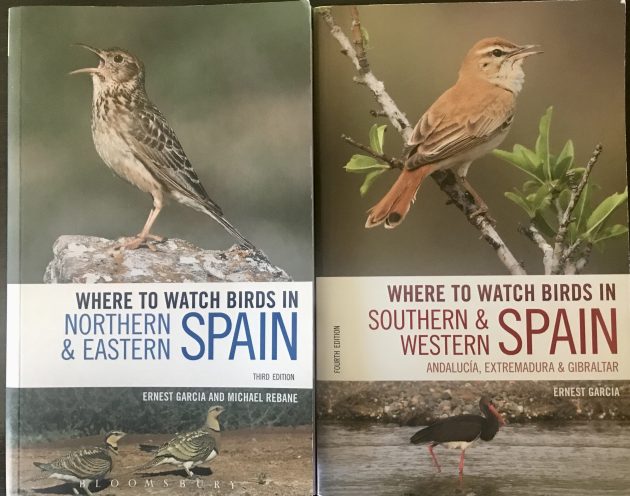
Finally, a book about Common Swifts by Remco Daalder. Remco is a great writer who lovingly looks at birds (and birders) with a keen eye. His observations are written down in award-winning prose (he won the Jan Wolkers prize for best nature publication), writing with humour and humanity. Most readers will unlikely be able to read his work, as it is in Dutch but this book features in my top 10 because it has inspired me to write for this website. I believe we need to wonder and wander and reading about Common Swifts is a fantastic way to wonder.
That’s it, my top 10 books. Lock me up on a bird-filled planet with this set and I am a happy birder.
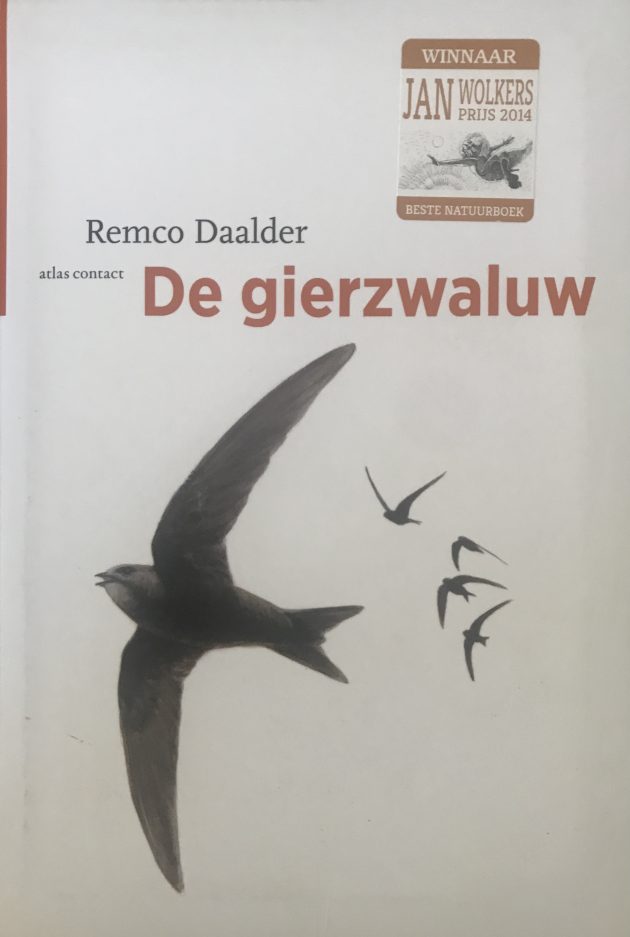
Source link
Facebook
Pinterest
Twitter
LinkedIn

